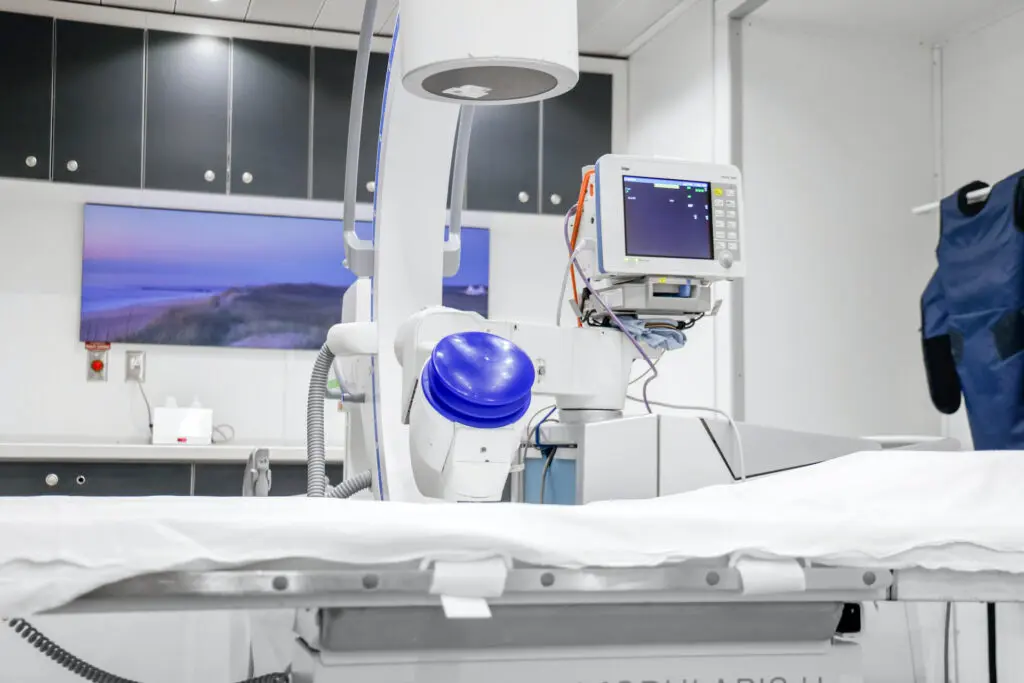If you have kidney stones, your doctor may recommend lithotripsy or ureteroscopy to remove them. Both treatments are effective, but extracorporeal shockwave lithotripsy (ESWL) is often the preferred choice for many patients. Here are five key reasons why lithotripsy might be the best option for you:
1. It’s Non-Invasive (No Surgery Required)
One of the biggest advantages of ESWL is that it’s completely non-invasive. Unlike ureteroscopy, which requires inserting a thin scope into the urethra and up through the urinary tract, ESWL uses shockwaves from outside the body to break the stone into tiny fragments. This means:
- No incisions
- No instruments inserted into the urinary tract
- Lower risk of infection or damage to surrounding tissue
For patients who want to avoid surgery, lithotripsy is a gentler treatment option.

2. Faster Recovery Time
Since ureteroscopy involves inserting a scope and sometimes placing a stent in the ureter, recovery can take longer and may cause discomfort. With lithotripsy, most patients:
- Go home the same day
- Resume light activities within 24 hours
- Experience less post-procedure discomfort
While it can take days or weeks for the broken stone fragments to pass, ESWL allows for a quicker return to normal activities compared to ureteroscopy.
3. Less Need for Anesthesia
Most ESWL procedures are done with mild sedation or local anesthesia, while ureteroscopy usually requires general anesthesia. This makes lithotripsy a safer option for patients who are older, have heart conditions, or are at higher risk from anesthesia.
4. Lower Risk of Stent Placement
After ureteroscopy, many patients need a temporary ureteral stent to keep the ureter open while it heals. Stents can cause:
- Frequent urination
- Pain or discomfort
- Bladder irritation
Since lithotripsy doesn’t involve inserting instruments into the urinary tract, there’s no need for a stent, reducing post-procedure discomfort and the need to return to the hospital for a second procedure to remove the stent.
5. Effective for Certain Types of Kidney Stones
ESWL is especially effective for small- to medium-sized kidney stones (under 2 cm) located in the kidney or upper ureter. It works best for calcium-based stones, which break apart easily with shockwaves. If your stone meets these criteria, lithotripsy can be a highly effective and less invasive option compared to ureteroscopy.

When Is Ureteroscopy the Better Choice?
While ESWL is a great option for many patients, ureteroscopy may be better if:
- The stone is large or very hard (such as cystine or uric acid stones)
- The stone is stuck lower in the ureter
- You need immediate stone removal rather than waiting for fragments to pass
Final Thoughts
Lithotripsy is a safe, effective, and non-invasive way to treat kidney stones. If you’re considering treatment options, talk to your urologist about whether ESWL is right for you. With its minimal recovery time, reduced discomfort, and lower risk of complications, it’s often the best choice for many kidney stone patients.
